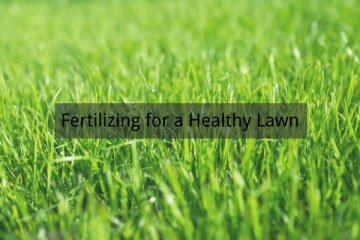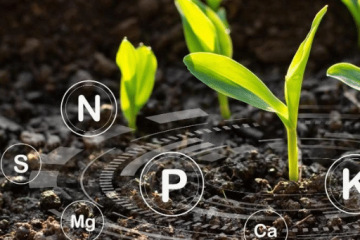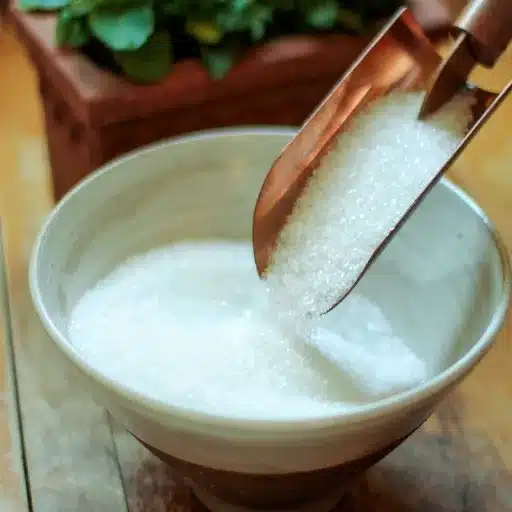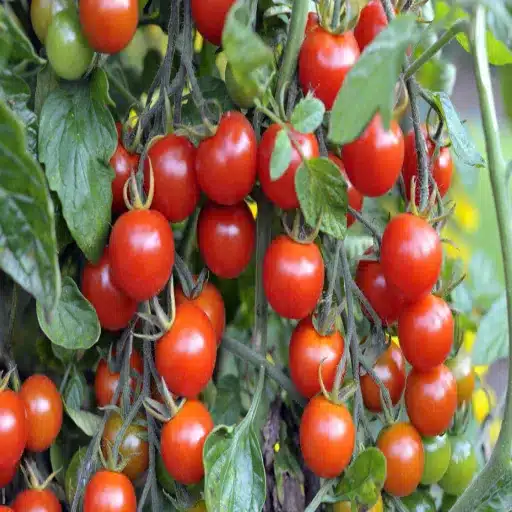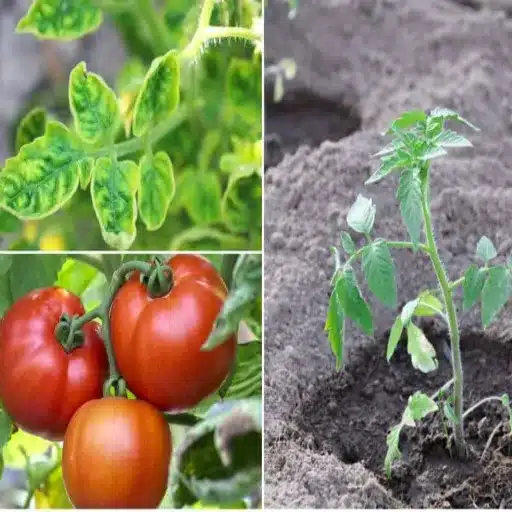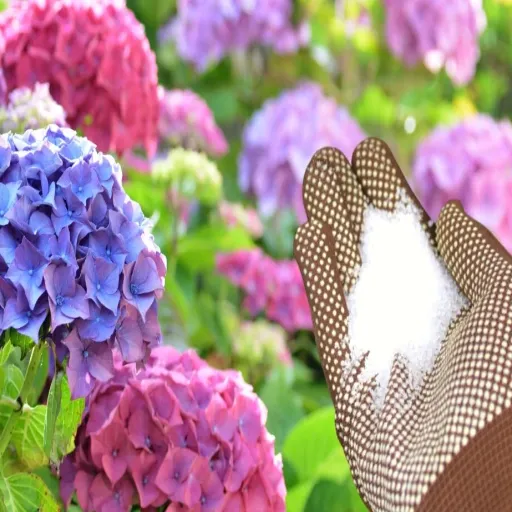Understanding Pet-Friendly Lawn Fertilizers
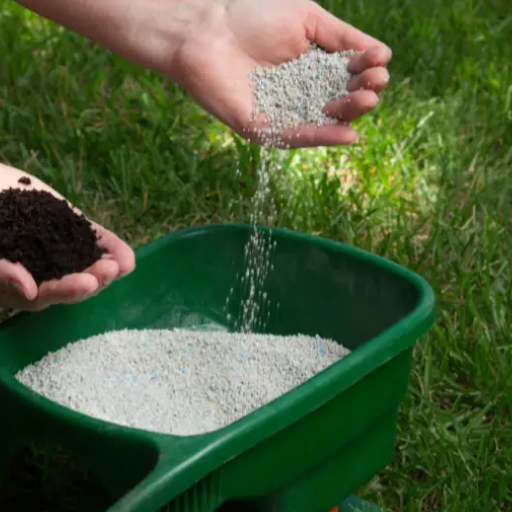
What is Pet-Friendly Lawn Fertilizer?
Pet-friendly lawn fertilizer is a specially formulated product to feed and strengthen the turf while maintaining safety for pets. Conventional fertilizers may include harmful chemicals, but the pet-friendly variants focus on non-toxic and natural ingredients that minimize the risk of poisonous reactions or adverse animal reactions.
The fertilizers are mostly other organic soil amendments, including bone meal, feather meal, or manure, to provide essential nutrients like nitrogen, phosphorus, and potassium. They lack the added synthetic chemicals found in conventional fertilizers. Generally, such products do not have harsh chemicals that could act as herbicides or pesticides, or even salts that can become toxic if ingested or cause skin irritation to the pets.
Important: When selecting a pet-friendly fertilizer, it is crucial to review the product labeling to verify its safety claims and compliance with pet-friendly standards. Look for certifications or endorsements from trusted organizations in pet safety or environmental health.
Key Features of Pet Safe Fertilizers
- Non-Toxic Ingredients: These fertilizers are made with natural or organic ingredients that are non-toxic and provide very little risk to the animals if accidentally exposed. Among these ingredients are bone meal, alfalfa meal, and composted manure, which provide the basic nutrients necessary for lawn growth without subjecting them to such toxic chemicals as synthetic pesticides or herbicides.
- Slow-Release Nutrients: The fertilizers typically contain slow-release nutrients that control lawn feeding over time. With slow release, the chance of over-fertilization is minimized, thereby reducing threats to pets, who might otherwise be at risk of coming into contact with the treated areas. It also improves the overall health of the lawn, boosting its sustainable growth.
- Odor Neutrality: Pet-safe fertilizers typically tout avoidance of strong, enticing odors that might lure animals. This lessens the chances of a pet directly ingesting the product, thereby keeping them safe while maintaining lawn aesthetics.
- Fast Absorption and Safe Re-Entry: Very good pet-safe fertilizers ensure absorption into the soil within the shortest time possible, and subsequently, the treated area shall dry off, making it safe for pets to re-enter. While some just require that you wait for a few hours before letting your pet in afterward, the extra convenience for any pet owner.
Importance of Pet Safety in Lawn Care
A well-kept lawn is a priority for many homeowners; in contrast, pet health and safety must be taken into account while selecting lawn care products. Animals are highly susceptible to harm from chemicals that might be contained in fertilizers, herbicides, and pesticides. For example, organophosphates and carbamates, usually present in conventional products, may bring about toxic reactions when a pet ingests or inhales them, or when their skin absorbs these chemicals.
Veterinarian Recommendation: Veterinarians recommend that certified “non-toxic” products from a reputable concern be used, as this factor significantly lowers the risk of exposure from the pet’s standpoint.
Benefits of Using Pet-Friendly Lawn Fertilizers
Health Advantages for Pets
When used in the garden, pet-friendly fertilizers offer a myriad of health benefits to the animals who regularly play or live in treated outdoor areas:
- Reduction in Toxic Exposure: Pet-resistant fertilizers stay away from harsh chemicals—anything from organophosphates to synthetic pesticides—which in turn do cause serious health problems in pets and could bring about nausea, vomiting, or even long-term damage to organs.
- Prevention of Skin Irritations: Most traditional fertilizers may irritate pets due to the harsh chemicals contained in them. On the other hand, fertilization using pet-friendly products is hypoallergenic; they reduce the chance of a rash, redness, or itching when applied to pets with sensitive skin.
- Decreased Risk of Respiratory Problems: Pets are highly sensitive to airborne particles emitted by conventional fertilizers. The formulation limits the release of toxic fumes or fine particles that can cause respiratory ailments such as coughing or wheezing by using pet-friendly products.
- More Safe for Digestion: Dogs especially like to explore lawns by licking or chewing on the grass. Common fertilizers do pose a huge ingestion risk, while pet-safe products utilize natural or biodegradable ingredients that reduce the chance of gastrointestinal upset.
- Help Long-Term Health: Prolonged exposure to harmful substances found in traditional fertilizers may eventually lead to chronic ailments like kidney or liver failure in pets. Pet-friendly fertilizers promote a safe outdoor environment for the extended health and vigor of your four-legged companions.
Environmental Impact of Pet Safe Options
Fertilizers that are pet-friendly reduce the ecological footprint more significantly than do their conventional counterparts. These products shall be sustainable and biodegradable in nature with extracts obtained from natural sources so that they do not pose risks to the contamination of soil or water.
Environmental Benefits:
- Reduced risk of groundwater contamination
- Lower greenhouse gas emissions during production
- Enhanced soil fertility and carbon sequestration
- Protection of aquatic ecosystems
- Reduced risk of algal bloom in nearby water bodies
Enhancing Lawn Health through Organic Ingredients
The purpose of using natural substances has finally been realized as having a major role in healthy lawn maintenance without affecting the ecological balance. Organic lawn grooming uses natural substances like compost, bone meal, and seaweed extracts to feed the soil and enable plants to grow sustainably.
Recent studies have indicated that lawns treated with organic inputs grow at rates similar to those treated with synthetic fertilizers and also show resistance to tearing stresses such as contamination of soil and water, among others. Organisms such as mycorrhizal fungi commonly found in organic soil amendments form symbiotic relations with the roots of plants, thus enhancing the efficiency of nutrient uptake by as much as 90%.
Comparative Analysis: Pet-Friendly vs. Traditional Fertilizers
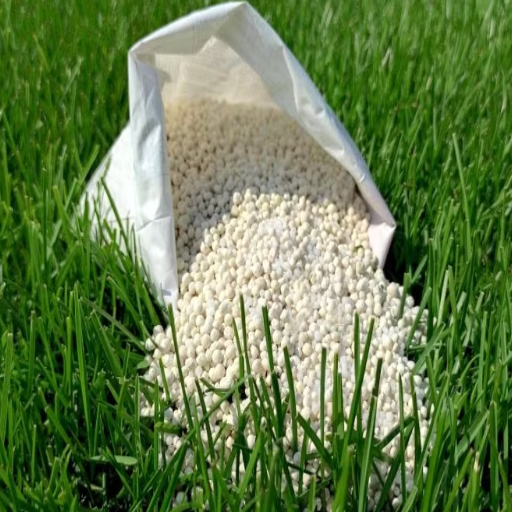
Effectiveness of Pet Safe Products
Pet-safe fertilizers are specially made to supply the plants with the nutrients they need while minimizing dangers for domestic animals and neighboring ecosystems. The real effectiveness of these products depends mainly upon their nutrient content combined with their release mechanisms and absorption rates.
Key Effectiveness Factors:
- Slow-release formulations aid in root development
- Enhanced microbial activity in soil
- More biodiverse and nutrient-rich growing environment
- Improved soil structure over time
- Reduced dependence on chemical treatments
Potential Risks Associated with Traditional Fertilizers
Traditional fertilizers, while effective in promoting plant growth, pose several risks that can have long-term detrimental effects on both the environment and living organisms:
- Water Contamination: Excess nutrients like nitrogen and phosphorus enter waterways, leading to eutrophication and depleting oxygen levels in aquatic ecosystems
- Soil Degradation: Overuse can disrupt microbial communities and reduce organic matter, ultimately lowering soil fertility
- Groundwater Issues: Nitrate leaching can infiltrate drinking water sources, posing health risks such as methemoglobinemia (“blue baby syndrome”) in infants
- Air Pollution: Ammonia gas from ammonium-based fertilizers contributes to acid rain and atmospheric particulates
Choosing the Best Pet-Friendly Lawn Fertilizer
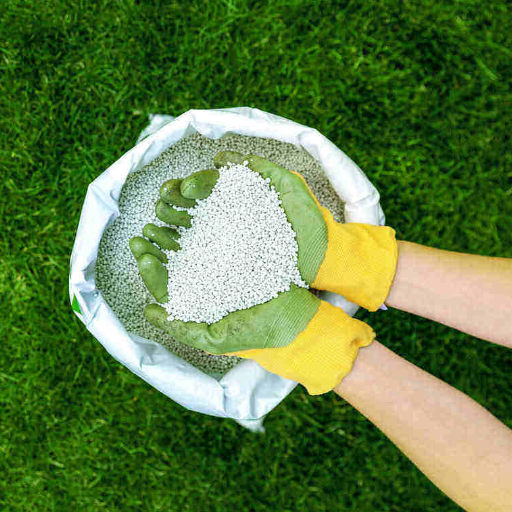
What to Look for on Labels
When choosing lawn fertilizer, safety considerations should be at the forefront, including considerations specific to animals. Here’s what to prioritize:
- Safety Certifications: Look for fertilizers marked “pet safe” or “non-toxic”
- Natural Ingredients: Seek products containing organic materials such as bone meal, kelp, or compost
- Third-Party Endorsements: Check for certifications from organizations like:
- OMRI (Organic Materials Review Institute)
- USDA Organic certification
- Environmental health organizations
- Avoid Harmful Chemicals: Stay away from products containing:
- Ammonium sulfate
- Urea
- Phosphorus-heavy compounds
Actionable Tips for Selecting the Right Product
- Conduct a Soil Test: Send in a comprehensive soil test kit to determine pH level and essential nutrients available (nitrogen, potassium, phosphorus)
- Check the NPK Ratio: Pay attention to the percentage of nitrogen, phosphorus, and potassium in the mixture based on your lawn’s needs
- Consider Grass Type: Choose fertilizers appropriate for your specific grass variety and climate conditions
- Review Application Requirements: Ensure the product comes with clear seasonal recommendations and safety guidelines
- Prioritize Pet-Friendly Options: If you have pets, always select fertilizers specifically labeled as pet-friendly
Safe and Sustainable Lawn Care Practices

Proper Application Methods for Pet Safety
Ensuring the safe use of fertilizers and lawn care products requires a methodical approach rooted in both scientific principles and practical considerations:
Best Practices for Application:
- Timing: Apply fertilizers early morning or late evening when pets are less likely to be outdoors
- Drying Time: Allow the lawn to dry completely before letting pets into the treated area
- Physical Barriers: Use temporary fencing, cordons, or signage to keep pets away immediately after application
- Weather Considerations: Avoid application during windy, rainy, or extremely hot conditions
- Light Watering: For natural fertilizers with odors that attract pets, lightly water after application to incorporate material into the soil
Timing Your Lawn Care Activities
Proper lawn care follows a proper timetable, keeping the lawn lush and healthy while maximizing efficiency:
| Grass Type | Best Application Time | Soil Temperature | Key Considerations |
|---|---|---|---|
| Cool-Season Grasses (Kentucky bluegrass, fescue) |
Early spring and early fall | 50°F – 55°F | Moderate temperatures with optimal soil moisture |
| Warm-Season Grasses (Bermuda grass, Zoysia grass) |
Late spring through early summer | Consistently higher temperatures | Active growth phase during warmer months |
Integrating Compost and Organic Fertilizers
The integration of compost and organic fertilizers into lawn care practices is an essential step to improve soil health and grass growth:
- Compost Benefits: Provides natural nutrients, enhances soil structure, increases water retention, and stimulates beneficial microorganism activity
- Application Rate: Apply one inch of well-aged compost annually as a topdressing
- Seasonal Timing: Best applied in fall or early spring when soil temperatures start to warm
- Soil Testing: Use soil tests to assess nutrient levels, pH, and organic matter content for tailored applications
Frequently Asked Questions (FAQ)
References
- Preferences for Sustainable Lawn Care Practices – This study highlights the importance of pet-friendly attributes in lawn fertilizers and their impact on consumer choices.
- Factors Influencing Home Lawn Fertilizer Choice in the United States – This article explores the factors that drive the selection of eco-friendly and pet-safe fertilizers.
- Are Homeowners Willing to Pay a Price Premium for Environmentally Friendly Lawn Fertilizers? – This paper examines consumer interest in non-toxic fertilizers and their willingness to pay a premium for pet-safe options.
- Why “Feed the Lawn”? Exploring Influences on Residential Turf Grass Fertilization – This research investigates the motivations behind lawn fertilization, including ensuring safety for children and pets.
- Consumer Preferences for Information Sources of Turfgrass Products and Lawn Care – This study focuses on consumer preferences for lawn care products, including fertilizers, and their trusted information sources.

